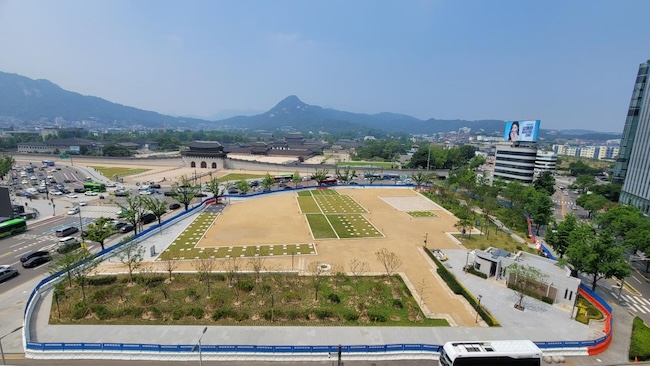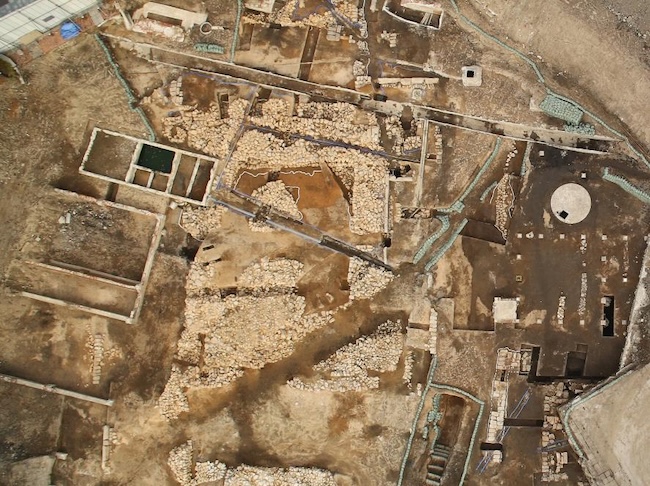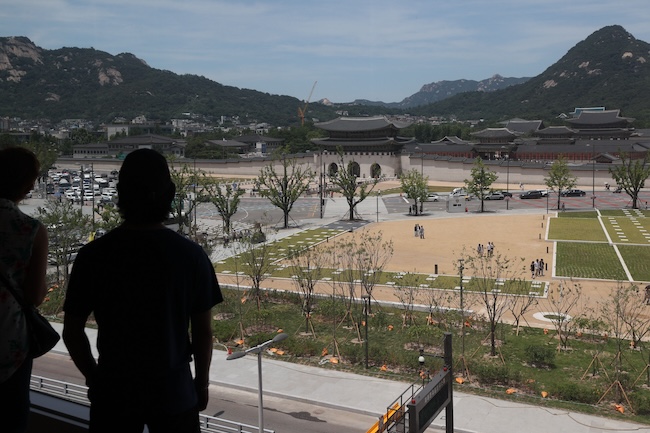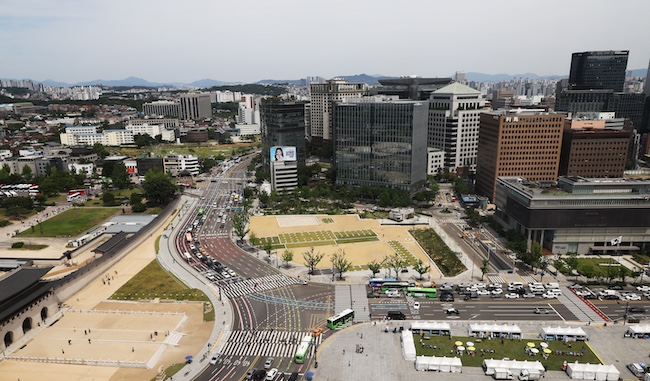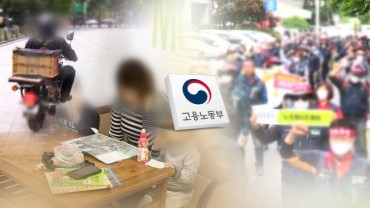SEOUL, Jun. 18 (Korea Bizwire) – The grounds of Uijeongbu, the highest administrative body of the Joseon Dynasty, located in front of Seoul’s Gwanghwamun Gate, will be opened to the public after nearly 8 years of excavation and restoration efforts, Seoul Metropolitan Government announced on June 17.
Established in 1400 during the reign of King Jeongjong, Uijeongbu housed the Yeonguijeong (Chief State Councillor), Jwauijeong (Left State Councillor) and Uuijeong (Right State Councillor) who oversaw state affairs while assisting the king until 1907.
As a state-designated historic site, Uijeongbu was situated to the immediate east of Gwanghwamun Gate, holding a prestigious position among major government offices that once lined the former Yukjo Street (present-day area from Gwanghwamun Plaza to Sejong-ro).
Its current location lies between Sajik-ro, the road crossing in front of Gwanghwamun, and the National Museum of Korean Contemporary History.
While fires during the Imjin War destroyed the original structures, Uijeongbu was rebuilt along with Gyeongbokgung Palace after the Heungseon Daewongun’s reign began in 1865. However, most of its historic landscape was lost during the Japanese occupation and industrialization.
Until the 1990s, several administrative offices occupied the Uijeongbu site, which then became the Gwanghwamun Citizens’ Open Plaza from 1997 onward.
In 2013, Seoul initiated academic research after partially excavating remnants and artifacts from the ancient government compound. Comprehensive digs from 2016-2019 uncovered the actual building sites of Uijeongbu, previously only speculated from literature.
Remains of the Jeongbondang (main offices for top ministers), Hyeobseondang (workplaces for senior officials), and Seokhwaedang (ministers’ offices) were unearthed in the signature “Three Halls” layout, along with a rear garden featuring a pond and pavilion.
Foundations of the former Gyeonggi Provincial Government building, constructed by Japanese authorities on the Uijeongbu grounds in 1910, were also discovered – physical proof that this site encompasses centuries of history from Joseon to modern times.
To fully preserve the excavated remains, Seoul reburied the site after treating exposed artifacts, then recreated the layout with reconstructed pedestals and markings, allowing visitors to experience Uijeongbu’s original architecture.
The new Uijeongbu Historic Site Plaza features the outlines of five buildings (Jeongbondang, Hyeopseondang, Seokhoekdang, Inner Corridor, and Pavilion), the pond, and other key facilities. Nearby gardens and walking paths offer respite amid echoes of the past.
Open 24 hours, the plaza welcomes a one-month pilot phase to gather public feedback before its formal opening in mid-July.
“This historic plaza preserves centuries of history from Joseon until today, representing a major achievement in restoring the cultural landscape around Gwanghwamun that Seoul has pursued,” said Choi Kyung-ju, head of the city’s Cultural Headquarters. “We hope it becomes a space where all citizens can intimately experience nature and history in their daily lives.”
Image credit: Yonhap / photonews@koreabizwire.com


